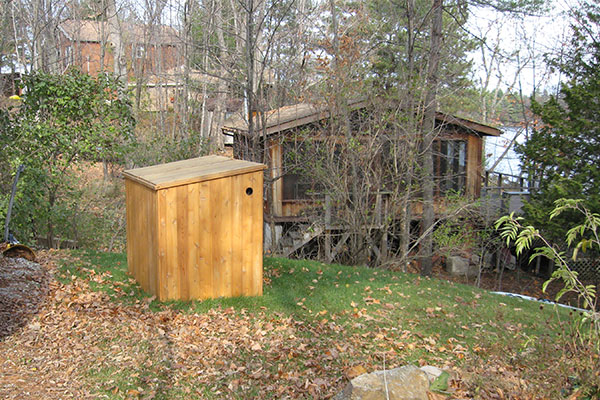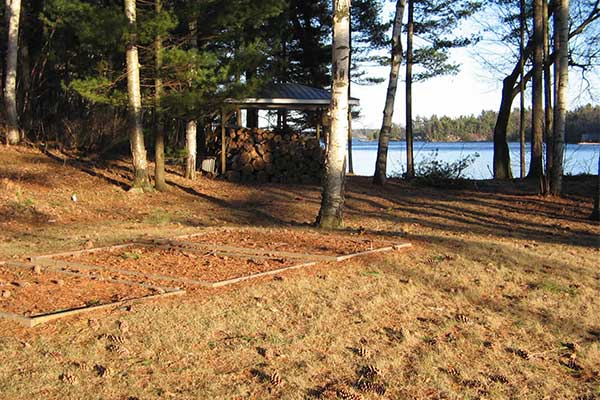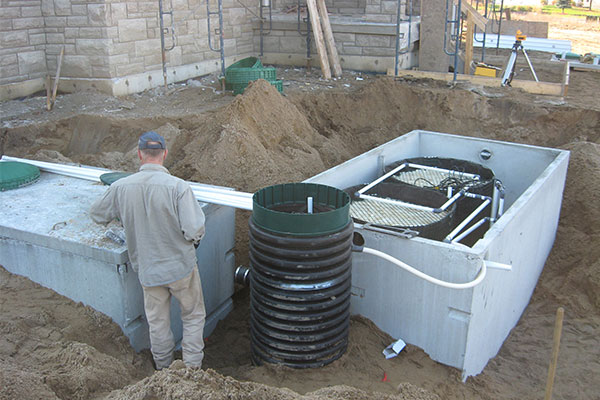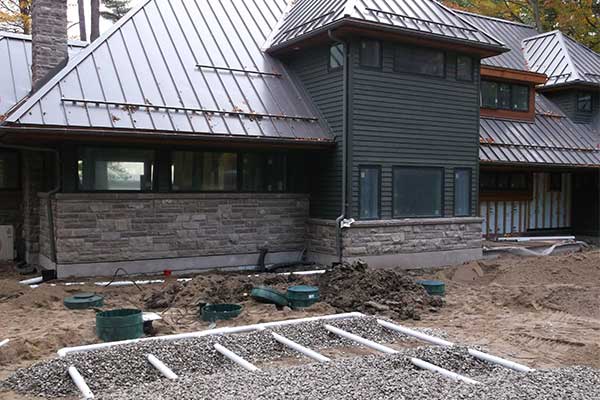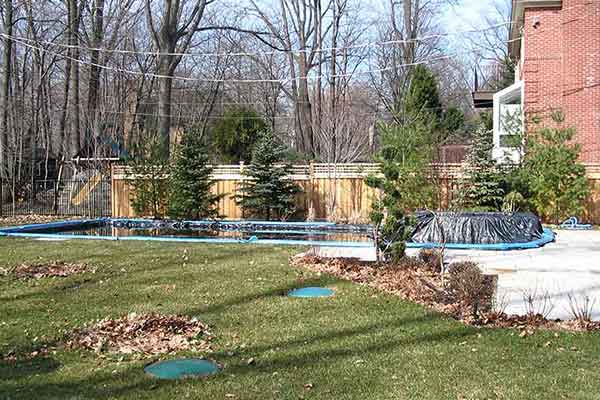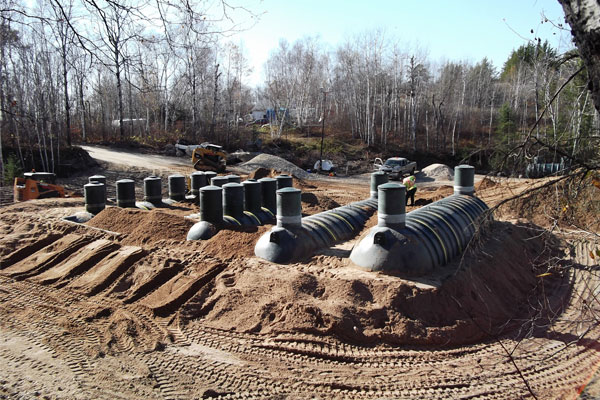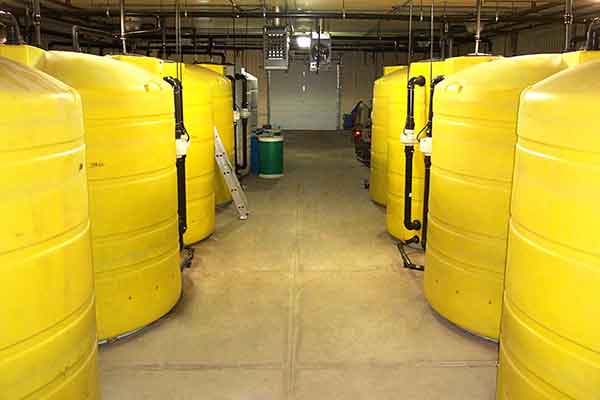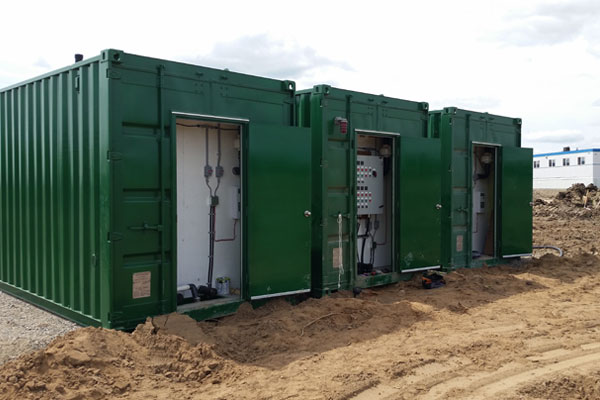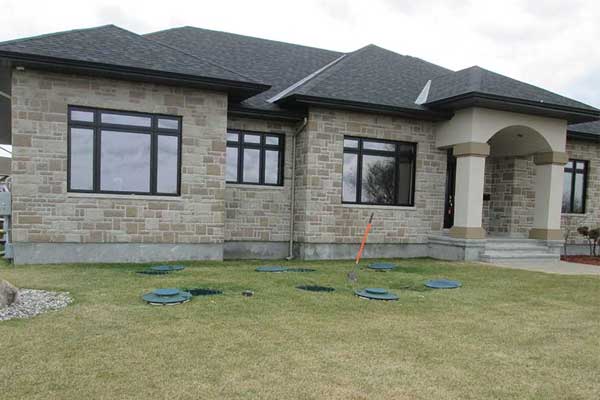Protect Against Excess Reactive Nitrogen
Permanently remove nitrogen to avoid environmental contamination and public health issues
Excess nitrogen in the environment can:

Contaminate
Drinking Water

Limit Recreation
Activities

Lower Property
Values

Reduce Fish
Populations
Waterloo Biofilter has a number of technologies that remove nitrogen from septic systems before it has a chance to enter the environment.
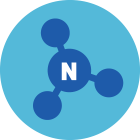
The Nitrogen
Problem
Nitrogen is one of the nutrients naturally found in human wastewaters. Although nitrogen is found naturally in the environment, excess reactive nitrogen can lead to environmental and public health problems. Elevated nitrate levels in well water can lead to methemoglobinemia, or blue baby syndrome, where nitrate reduces the amount of hemoglobin present in the bloodstream. Nitrogen can also stimulate algae blooms, especially in coastal waters. Excess algal growth can not only be a nuisance, interfering with human activities such as swimming, boating, and fishing, but algae that creates brown or red tides in coastal waters can produce toxins that accumulate in filter feeding shellfish such as oysters and clams – making them potentially lethal if consumed.
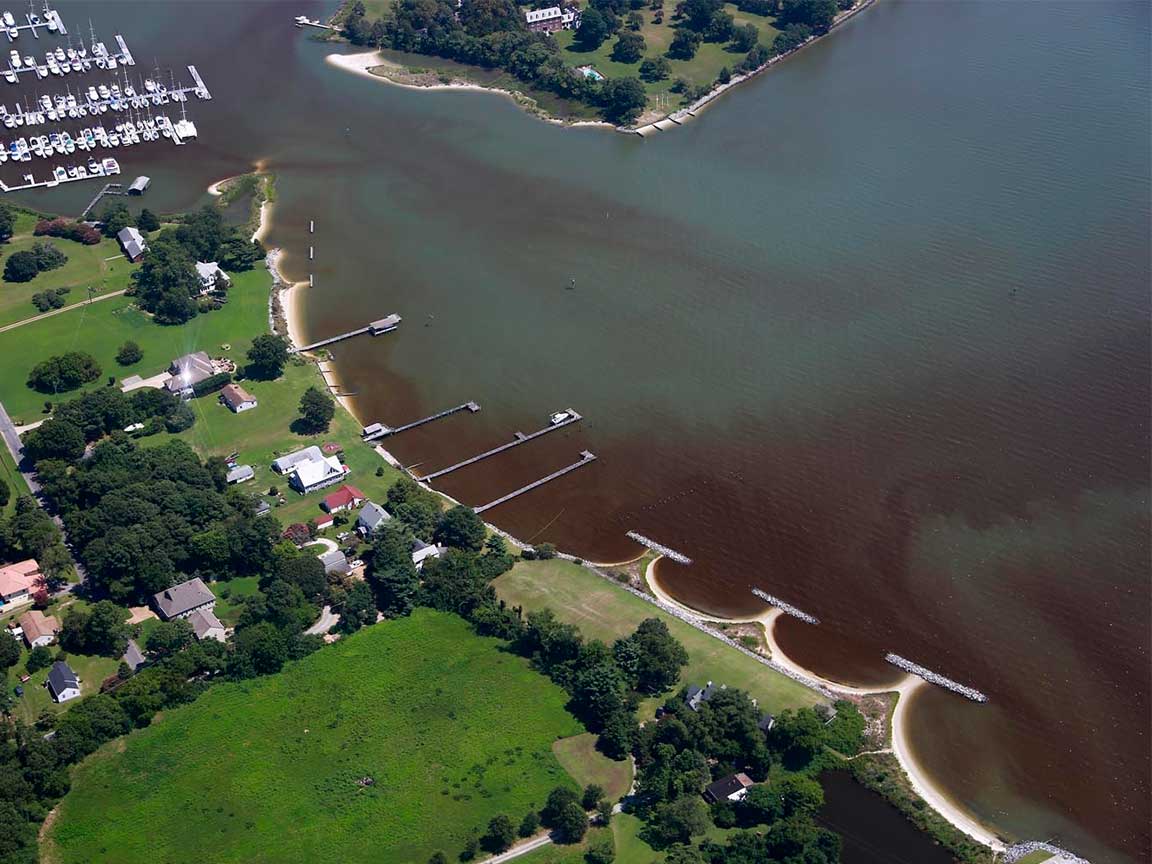

The Waterloo Advantage


Environmentally Friendly
The Waterloo Biofilter system naturally removes up to 65% of total nitrogen (TN) from wastewater without any system modifications. For higher levels of removal various system add-ons are available that follow our design mantra of system robustness and passive treatment.

Design Flexibility
Waterloo Biofilter offers a variety of nitrogen-reducing technologies giving customers the flexibility to cost-effectively select the level of nitrogen removal and system complexity required to suit their needs.

Low Maintenance & Energy
All Waterloo Biofilter nitrogen removal systems are designed to be simple yet effective – with few moving parts, system longevity and very little energy usage.

Thorough Denitrification
The WaterNOx and WaterNOx-LS add-ons provide thorough denitrification of Waterloo Biofilter effluent using sound scientific principles. These systems are robust and recover quickly if disturbed.

Our Experience
Waterloo Biofilter Systems is well known in the industry for our outstanding nitrogen removal capabilities. We possess the experience and the expertise needed to make your nitrogen removal project a success.
The Waterloo Process

WaterNOx-LS™ System
The WaterNOx-LS enhanced nitrogen removal add-on is installed following the nitrifying Waterloo Biofilter and uses a self-buffering reactive media for denitrification.
WaterNOx™ System
The WaterNOx enhanced nitrogen removal add-on is installed following the nitrifying Waterloo Biofilter and uses a proprietary external carbon source for denitrification.
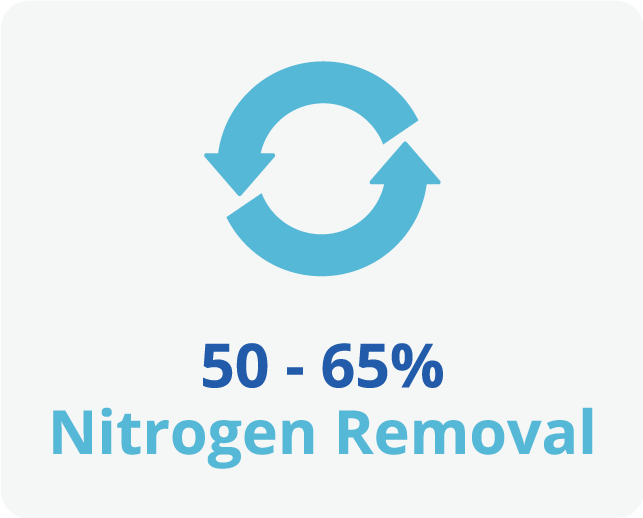
Double-Pass Waterloo Biofilter System
Waterloo Biofilter treatment units configured to operate in a double-pass mode by recirculating treated effluent back to the septic tank use the raw wastewater as the carbon source for denitrification.
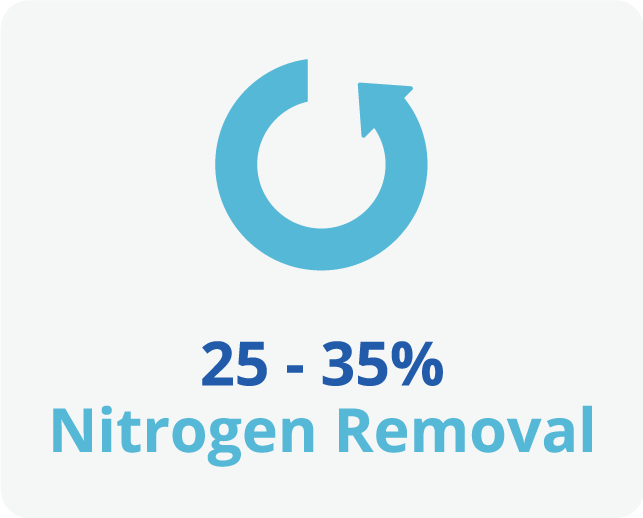
Single-Pass Waterloo Biofilter System
Waterloo Biofilter treatment units configured to operate in a single-pass mode use the internal carbon source of the wastewater being treated for denitrification.
Products
Waterloo has a residential and commercial configuration to meet your needs.
Residential Nitrogen Removal
Commercial Nitrogen Removal
Operation & Maintenance

Regular maintenance of your Waterloo Biofilter system is important to protect the environment and the value of your investment.
Proper operation and maintenance of any type of septic system has a significant impact on how well it works and how long it lasts. Biological nitrogen removal efficiency is impacted by a wide variety of factors such as wastewater pH, alkalinity, temperature, dissolved oxygen levels and chemical use. For your system to function properly and remove high levels of nitrogen it is important that maintenance is performed regularly by trained and authorized personnel.
The WaterNOx™ system uses an external carbon source that is added to the wastewater being treated. This carbon source is used up over time and must be periodically refilled.
The WaterNOx-LS™ system uses a reactive media that must be replaced once its electron donor supply is exhausted. Actual lifespan of the media will depend on the flow rate and wastewater characteristics of the site being serviced, but systems are designed for 10+ years of service before replacement is required.


